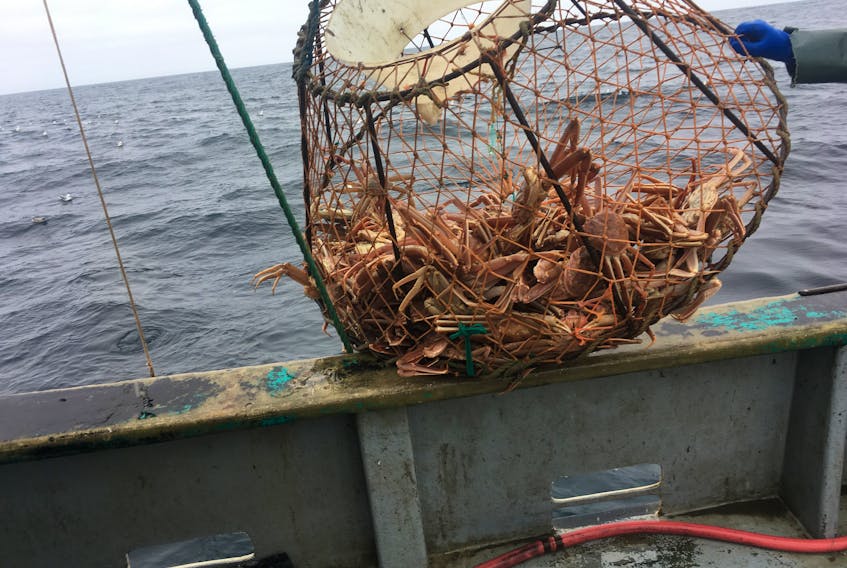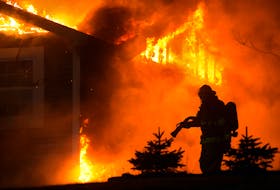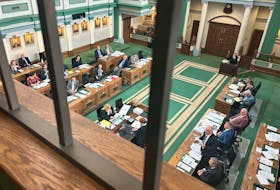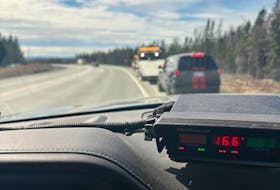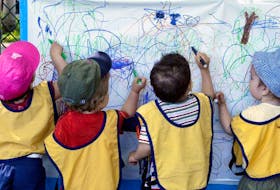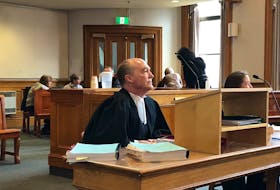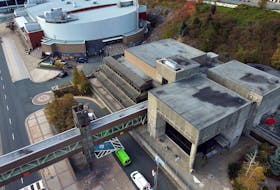SELDOM-LITTLE SELDOM, N.L. — With no major drop in biomass and the Department of Fisheries and Oceans (DFO) precautionary approach delayed for another year, Seldom harvester Perry Collins is optimistic his snow crab quota will remain status quo.
“A lot of the fishermen have a feeling that 3K is not going to get any increase (in quota), but it’s probably going to hold its own this year,” Collins said. “If the price is kept at last year’s or close to it, it will still mean a successful year for crab.”
While the DFO’s recent scientific assessment for snow crab showed stability for the 3K fishing zone, where crab harvesters across much of central and northern Newfoundland make their catch, the neighbouring zone of 3L showed “severely depleted” signs of crab.
With crab a major part of so many fishing enterprises in the province, Collins says in areas like Bonavista Bay and St. Mary’s Bay, the recent assessment is not providing any relief for them.
“Further south the fishermen are pretty worried that there’s going to be some major cuts,” he said. “It could strike fishermen pretty hard, crab is the major source of income for a lot of them.
“Crab is the biggest single part of my enterprise. Shrimp is all but gone, the price for cod is just not there to make up for it — if you lose crab you’re not going to cut it.”
The biomass and quotas for crab have taken serious cuts in recent years, with 2018 bringing the lowest landings in two decades at just 28,000 metric tonnes. Since 2015, the catches for crab have declined by 45 per cent.
The saving grace in the midst of these cuts is the rising price for crab, which has offset most of the potential declines that could have resulted from the loss in quota.
Twillingate harvester Danny Bath agrees it looks unlikely 3K will experience a cut in quota this year.
“I believe the quota will remain the same. As long as the price remains consistent it’s still worth going at,” Bath said. “The quotas are nowhere near where it was when we started out, but it’s better to catch less for a bigger price. Over the years the price has balanced it out.”
Precautionary approach and other worries
The DFO presented its assessment in St. John’s Feb. 26. The quotas for this year’s crab fishery, which opens in April, are expected in the coming weeks.
Following the briefing, the Fish, Food and Allied Workers-Unifor (FFAW-Unifor) union expressed concern that information from harvesters is largely ignored in these scientific assessments.
The DFO’s prospective precautionary approach (PA) to snow crab is still being worked on. Collins fears if that approach had been implemented in this year’s fishery, it could have meant cuts for 3K even in light of the stable biomass.
“That’s something we have to look at and fight against next year,” Collins said. “If that precautionary approach was put in place, I think even in 3K we would have been met with a cut.”
In the coming weeks, the FFAW-Unifor will be holding consultations with all fleet committees of the province to bring harvesters input to the table at DFO’s working group for the PA framework. Collins plans to attend the upcoming meeting in Grand Falls-Windsor.
Overall, DFO’s technical briefing showed a modest increase in the exploitable biomass for crab and scientist Dr. Krista Baker says a return to cooler waters is a positive sign for the stock.
However, like other harvesters in recent months, Bath expressed concern that future seismic activity for offshore oil and gas exploration may play a factor in these stocks rebounding.

